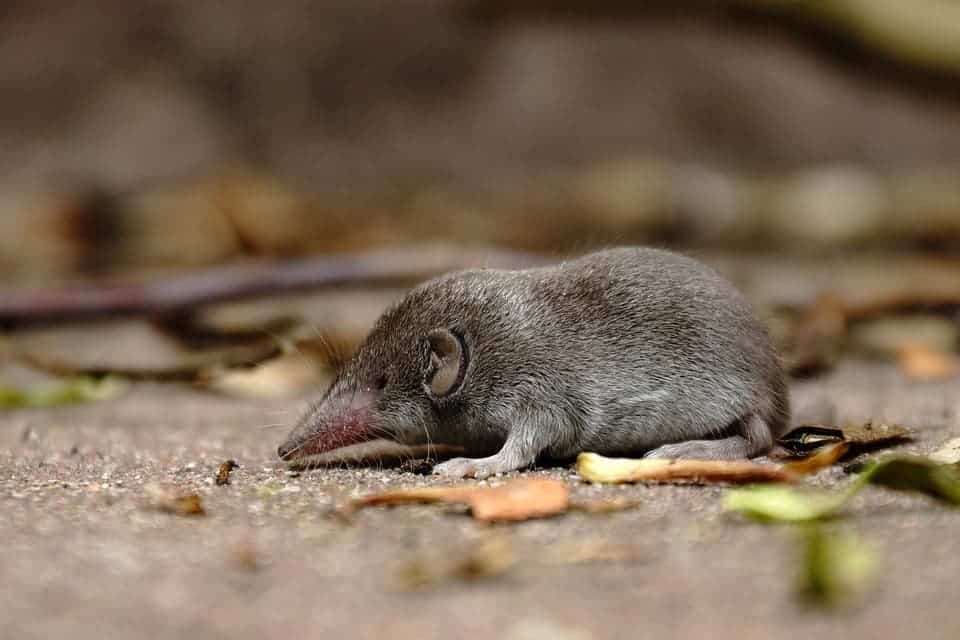Researchers found a new and unusual form of the hepatitis B virus in shrews.
An international team of researchers found a strain of the virus that infects shrews but lacks an immunomodulator protein that’s essential for making the infection chronic. The team hopes that their new discovery can help better understand the disease, and maybe even help us fight against it. Infection with the hepatitis B virus (HBV) is one of the leading global health issues, as are the high number of chronic cases.
Strange hepatitis
“Without this immunomodulator, HBeAg, the disease could not become chronic,” emphasises Prof. Jan Felix Drexler, a German Center for Infection Research (DZIF) scientist at the Charite—University Medicine Berlin and corresponding author of the paper.
Over 240 million people in the world are infected with chronic hepatitis B, the team explains, and over 887,000 people die each year from the long-term consequences of the infection — such as liver cirrhosis and cancer. Hepatitis B infection can and often does go undetected for decades, quietly becoming a chronic condition, and this is considered one of the pathogen’s defining traits. However, the new strain doesn’t do this.
Discovering this unusual HBV in shrews gives us an opportunity to better understand the pathogenesis of this chronic illness,” explains lead author of the study Andrea Rasche, scientist at the Charite—University Medicine Berlin.
The immunomodulator HBeAg holds the key to the chronification of the infection in all previously-known HBV strains in mammals. This protein is produced during the infection and blocks the body’s specific immune response to the virus. Due to this, the infection can’t be cleared out and becomes chronic, often leading to very high viral concentrations in the blood. If HBeAg is not present, however, the body’s immune system can successfully fight off the infection.
This, however, isn’t the case with the newly-identified strain. The team examined almost 700 samples taken from shrews in Europe and Africa. Despite the absence of HBeAg, those animals that were infected still showed high concentrations of HBV in the blood.
“This indicates a very successful but unusual characteristic of the infection and the transmission of shrew HBV in its host,” explains Prof. Dr. Dieter Glebe, head of the National Reference Centre for Hepatitis B and D viruses at the Justus Liebig University of Giessen.
“Since the virus cannot infect human liver cells, it is highly unlikely that the virus can infect people.”
Based on these findings, the team is confident that it’s not dangerous for humans to come into contact with shrews infected with HBV. Another important find is that the new HBV strain doesn’t enter liver cells using the liver bile acid transporter (as is the case with HBV in humans and apes) but takes an unknown path into the cell. This suggests that “we still do not know all HBV receptor molecules,” Prof. Drexler explains.
By analyzing the new strain, the team was also able to better piece together the genealogy of HBV, finding that the virus has infected mammals for millions of years, “probably around 80 million years,” according to Prof. Drexler.
Despite intense efforts, we’re still yet to develop an effective treatment for chronic hepatitis B. Part of the problem is that we don’t have a suitable animal model with which to study the interplay between the virus and the host’s immune system — but the shrews might be perfect for the task. The team plans to further examine the unusual infection pattern of shrew HBV to gain a better understanding of the pathogen in humans.
The paper “Highly diversified shrew hepatitis B viruses corroborate ancient origins and divergent infection patterns of mammalian hepadnaviruses” has been published in the journal PNAS.










